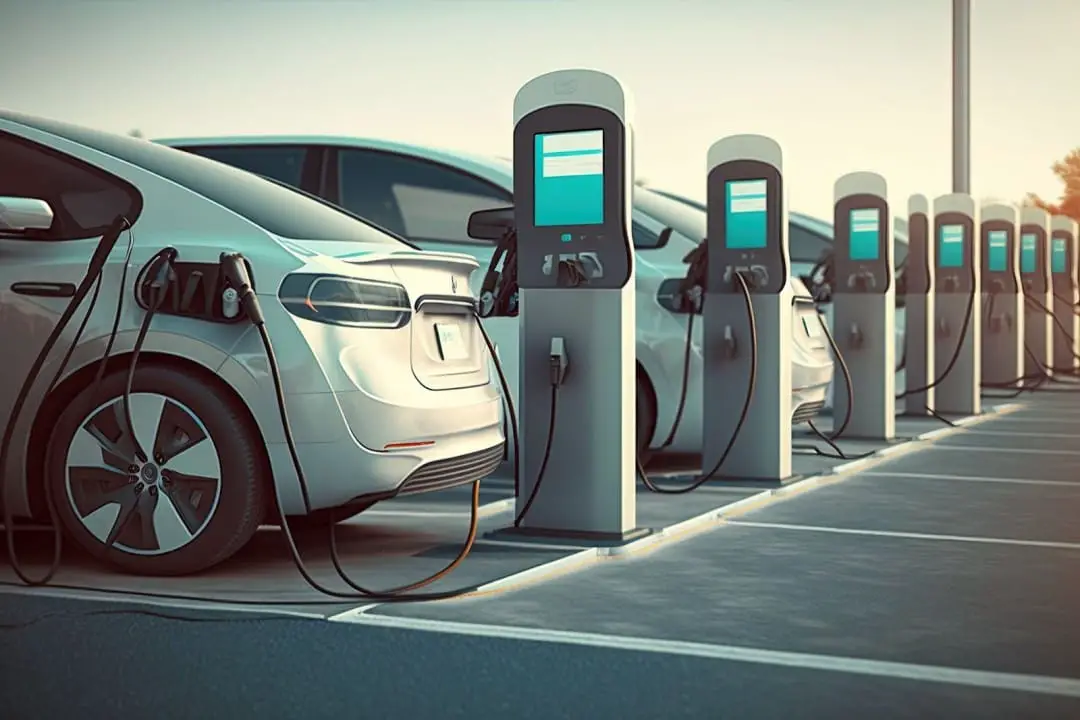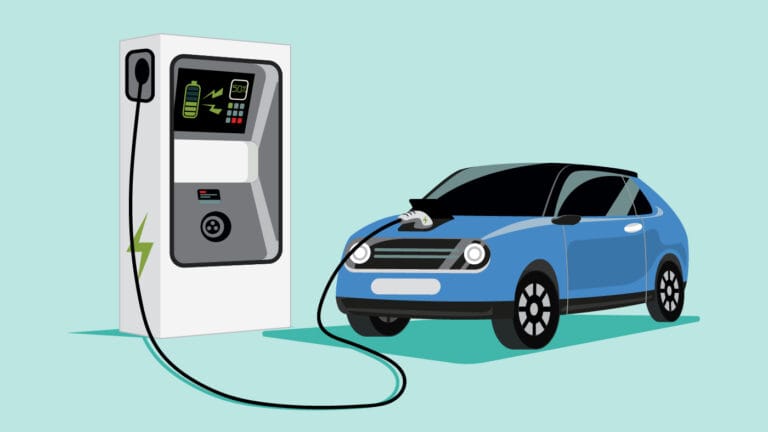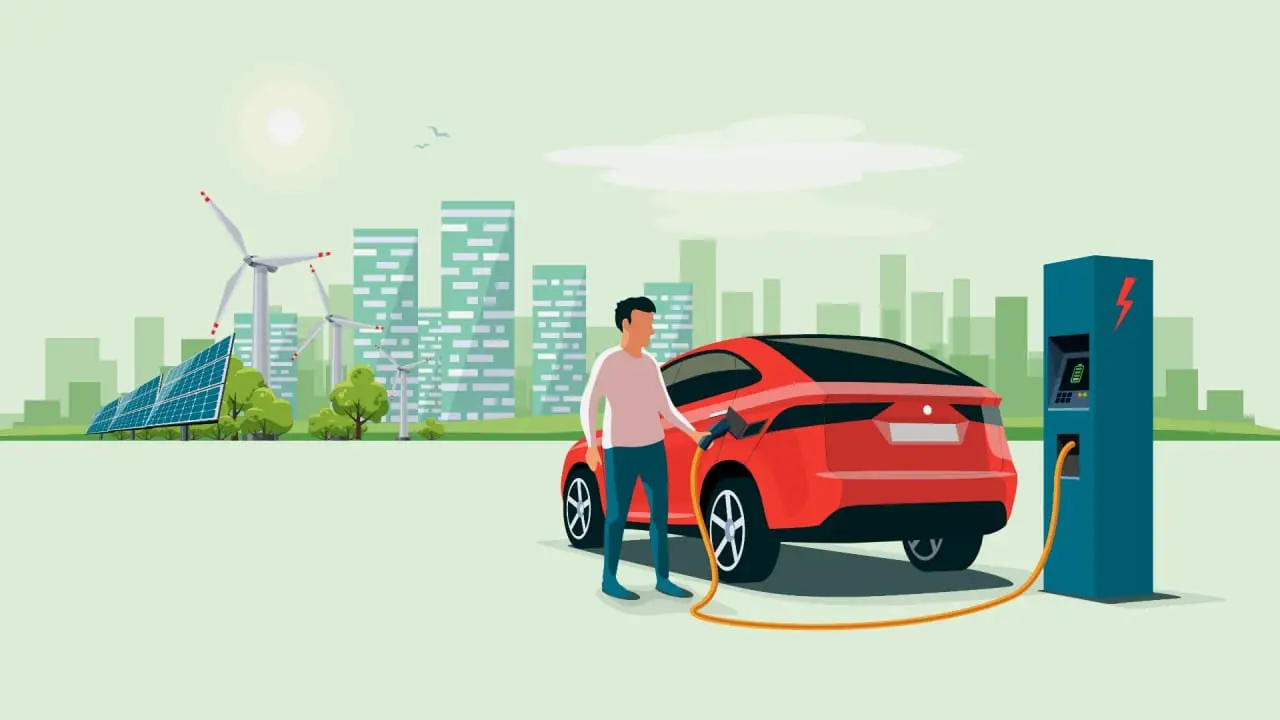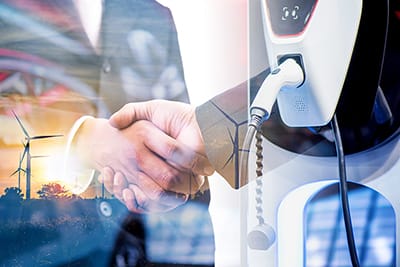
In recent years, the global automotive landscape has been undergoing a significant transformation.
The traditional internal combustion engine (ICE) vehicles, which have dominated the market for over a century, are now facing serious competition from electric vehicles (EVs).
One of the central debates in this transition is the question of energy efficiency. Which is more energy-efficient: EVs or ICE vehicles?
This article delves into the intricacies of energy efficiency, comparing these two types of vehicles from various angles.
Read: Electric Vehicles vs. Internal Combustion Engine Vehicles: A Comparative Analysis of Emissions.
Understanding Energy Efficiency
Energy efficiency in vehicles refers to the ratio of the useful work performed by the vehicle to the total energy input.
For ICE vehicles, this energy comes from gasoline or diesel, while for EVs, it comes from electricity stored in batteries.
Several factors influence the energy efficiency of both types of vehicles, including the energy source, the conversion process, and the drivetrain technology.

Efficiency of ICE Vehicles
ICE vehicles convert the chemical energy in fuel into mechanical energy through combustion.
However, this process is inherently inefficient. Modern gasoline engines typically achieve an efficiency of around 20-30%, meaning that only about a quarter of the energy in the fuel is used to move the vehicle, while the rest is lost as heat.
Diesel engines perform slightly better, with efficiencies around 30-40%.
See: Understanding the Importance of Evaluating Battery Health Before Buying an Electric Vehicle.
Furthermore, ICE vehicles experience additional energy losses through idling, friction, and drivetrain inefficiencies.
These losses significantly reduce the overall energy efficiency of ICE vehicles, especially in urban driving conditions where stop-and-go traffic is common.
Efficiency of Electric Vehicles
In contrast, EVs are known for their superior energy efficiency. Electric motors convert electrical energy into mechanical energy with an efficiency of 85-90%.
This high efficiency stems from the fact that electric motors have fewer moving parts and generate less heat compared to internal combustion engines.
Moreover, EVs benefit from regenerative braking, a technology that recovers energy usually lost during braking and stores it back in the battery.
This feature further enhances the energy efficiency of EVs, particularly in city driving scenarios.

Well-to-Wheel Efficiency
To comprehensively compare the energy efficiency of EVs and ICE vehicles, it's essential to consider the "well-to-wheel" efficiency.
This term encompasses the entire energy journey, from production to consumption.
For ICE vehicles, well-to-wheel efficiency includes the extraction, refining, and transportation of petroleum, in addition to the vehicle's operational efficiency.
These stages collectively result in substantial energy losses.
For EVs, well-to-wheel efficiency involves electricity generation, transmission, and battery charging.
The efficiency of electricity generation depends on the energy source. Renewable sources like wind and solar provide high efficiency and low environmental impact, while fossil-fuel-based electricity generation is less efficient and more polluting.
Despite these variables, EVs generally maintain a higher well-to-wheel efficiency compared to ICE vehicles, especially as the share of renewable energy in the grid increases.
Read: Understanding the Cold Weather Impact on Electric Vehicle Range.
Environmental Impact and Future Prospects
Beyond energy efficiency, the environmental impact of vehicles is a crucial consideration.
EVs produce zero tailpipe emissions, significantly reducing urban air pollution.
Additionally, as the electricity grid becomes greener with more renewable energy sources, the environmental benefits of EVs will continue to grow.
ICE vehicles, on the other hand, emit a range of pollutants, including CO2, NOx, and particulate matter, contributing to climate change and health issues.
Even with advances in engine technology and cleaner fuels, ICE vehicles cannot match the environmental advantages of EVs.

Conclusion
In the debate over energy efficiency, EVs emerge as the clear winners.
Their superior conversion efficiency, regenerative braking capabilities, and the potential for green electricity make them significantly more energy-efficient than ICE vehicles.
While ICE vehicles have made remarkable strides in improving efficiency, they are fundamentally limited by the physics of combustion and the inherent inefficiencies of fossil fuel extraction and processing.
As the world moves towards a more sustainable future, the energy efficiency and environmental benefits of EVs will play a pivotal role in shaping the automotive industry.
With continuous advancements in battery technology, charging infrastructure, and renewable energy integration, EVs are poised to become the dominant force in the quest for efficient and eco-friendly transportation.




